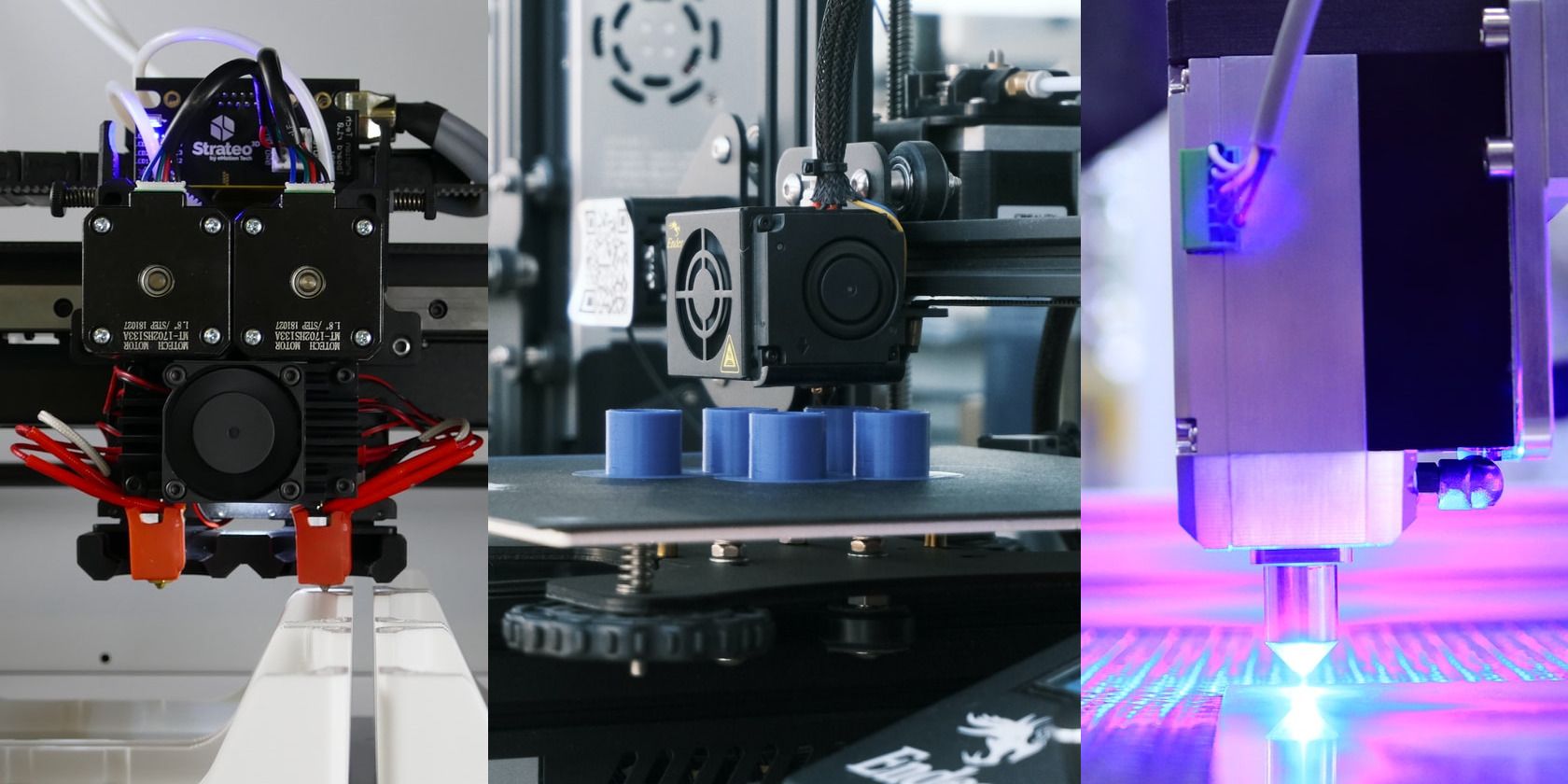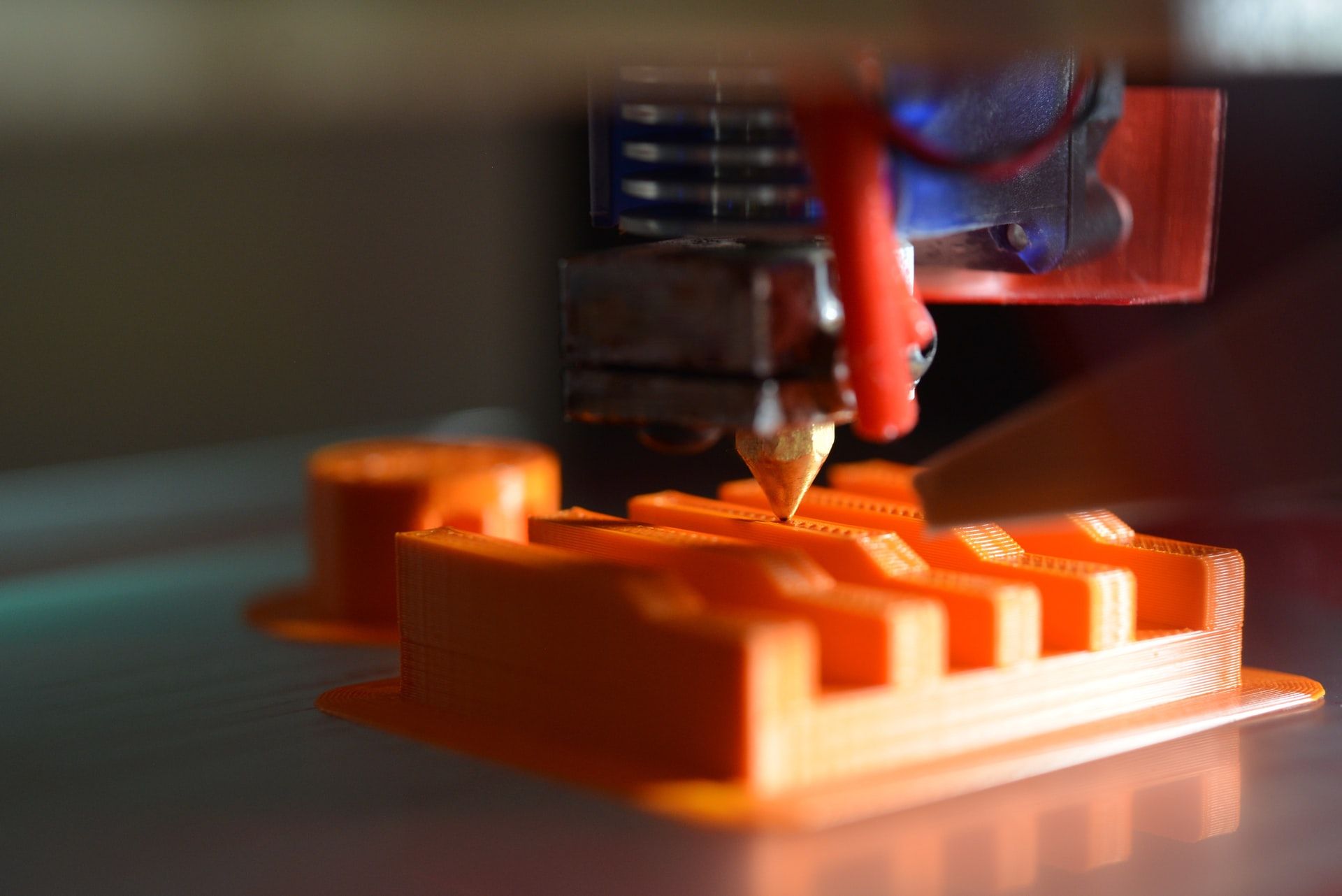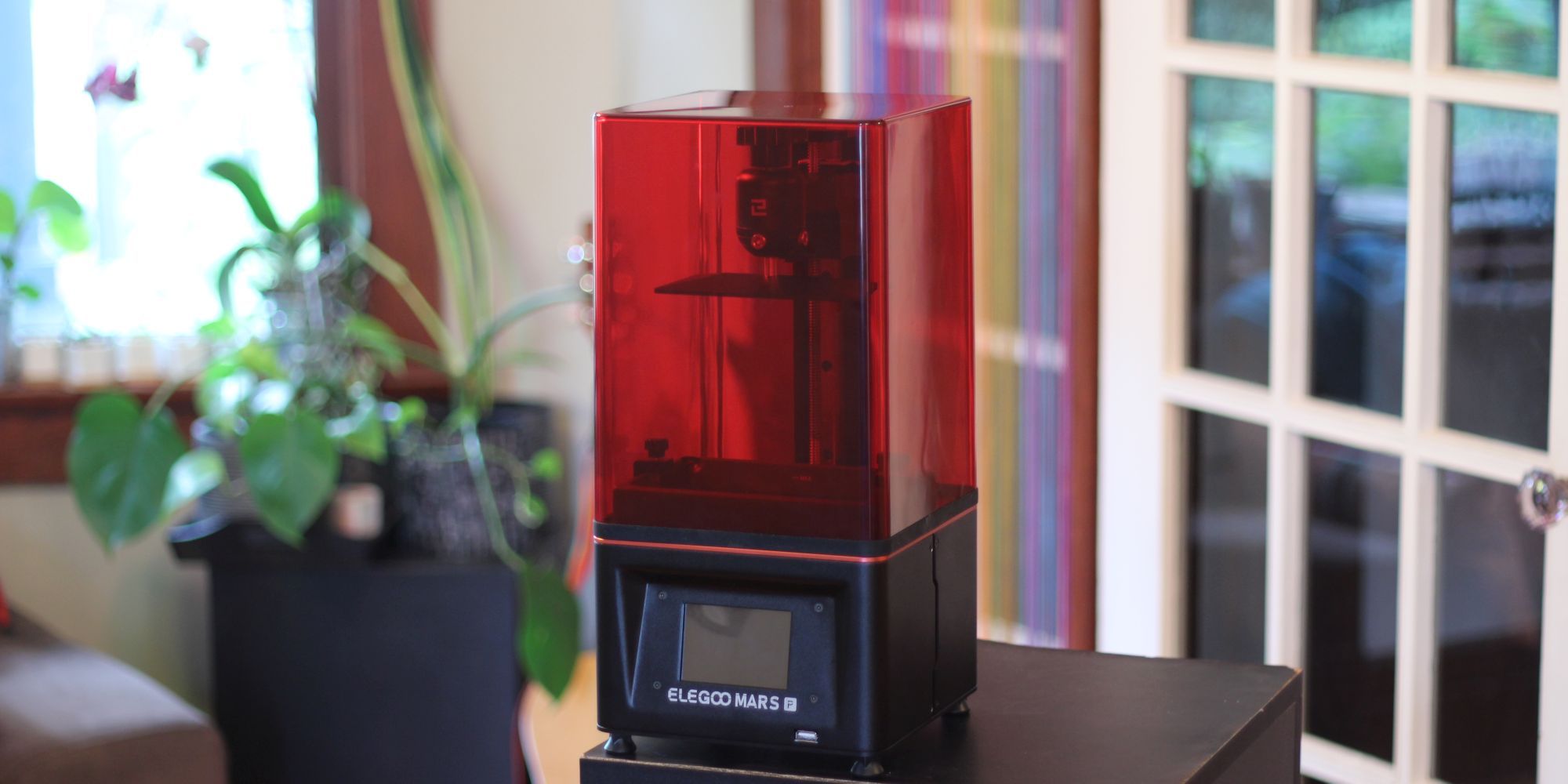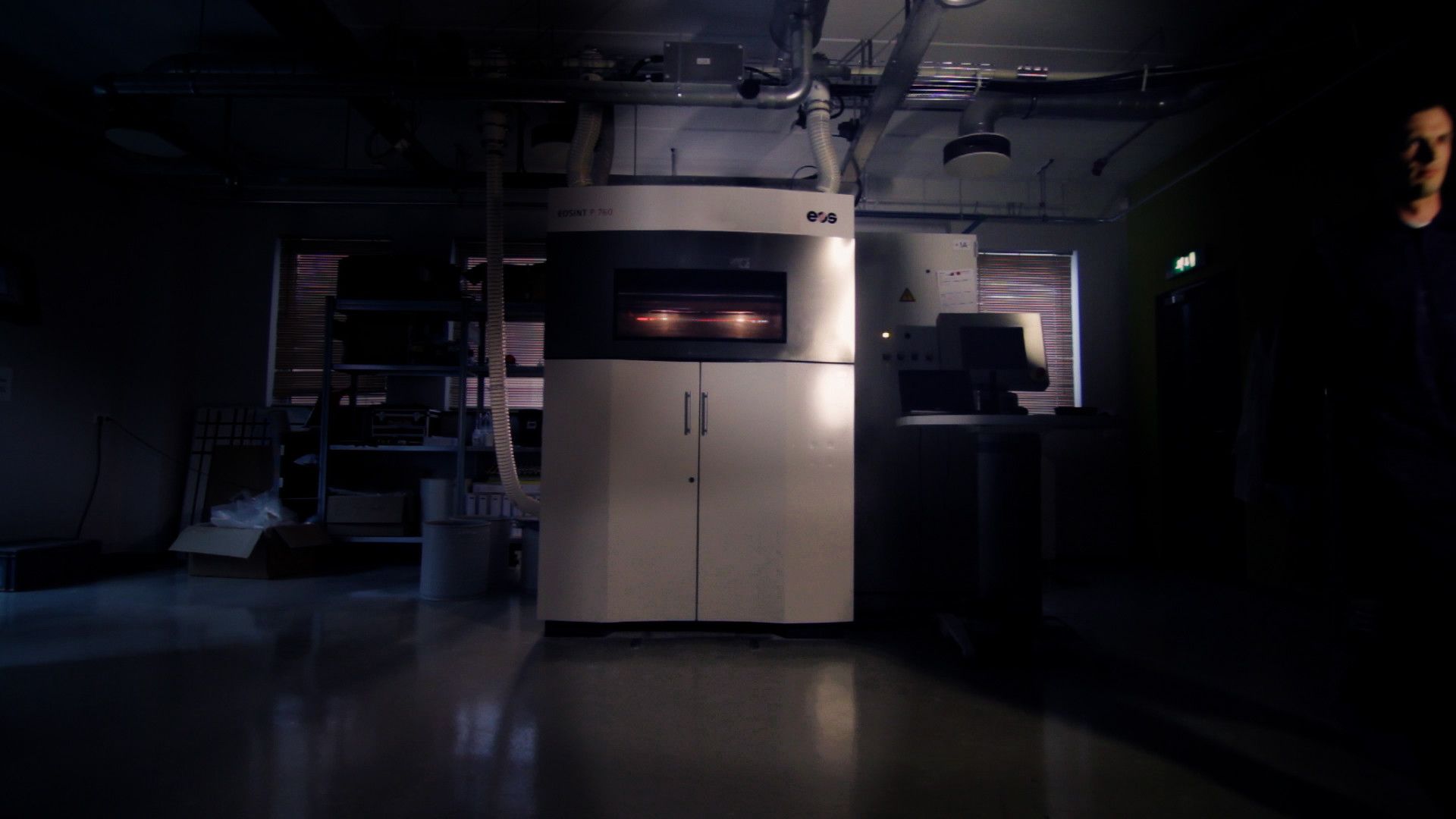3D printing is rapidly becoming one of the most popular DIY hobbies, with more than 2.2 million printers shipped around the globe in 2021 alone.
New types of 3D printing are always in active development, and the growing market for this technology is driving innovation, making many older printers look practically prehistoric.
But what are the different types of 3D printing available in 2022? Let’s find out below.
How Many Types of 3D Printing Are There?
Most 3D printing enthusiasts will be aware of material extrusion (FDM), vat polymerization (SLA, DLP, and MSLA), and powder bed fusion (SLS and EBM). But, there are actually seven different types of 3D printing technology available for hobbyists and manufacturers in 2022. Sub-types can be found within each of these categories, making for a long list of different types of 3D printers available on today’s market.
- Material Extrusion
- Vat Polymerization
- Powder Bed Fusion
- Material Jetting
- Binder Jetting
- Direct Energy Deposition
- Sheet Lamination
What Are the 3 Main Types of 3D Printing?
While many types of 3D printers are available today, there are three main technologies that 3D printing enthusiasts use at home. This includes FDM (fused deposition modeling), SLA (selective laser sintering), and SLS (selective laser sintering).
3D Printing Technology Available in 2022
Below you can find a collection of all the most essential 3D printing technologies available in 2022. This focuses on the 3D printer types that normal people can buy and use at home, but we have also included 3D printers that are available to manufacturers.
Types of 3D Printing: Material Extrusion
Material extrusion is the most popular type of 3D printing for home use. FDM (fused deposition modeling)/FFF (fused filament fabrication) is the only type of printer that falls into this category, but it’s worth keeping in mind that printers like this come in an array of shapes and sizes.
|
Printer Cost |
Low to high |
|
Material Cost |
Low to medium |
|
Available Materials |
PLA, ABS, PET, PETG, TPU, Nylon, ASA, PC, HIPS, and many more. |
|
Home Suitability |
Ideal for home use |
FDM/FFF 3D Printers
FDM/FFF 3D printers are affordable and relatively easy to work with, especially with modern advancements like heated beds and enclosures. FDM 3D printers work by laying down layer after layer of material using a gantry or set of actuators. The material comes in the form of a solid filament that is loaded onto the printer and passed through a heated extruder that causes it to melt.
Types of 3D Printing: Vat Polymerization
Unlike material extrusion, vat polymerization uses a liquid starting material that solidifies when exposed to light. Lasers and other types of precision lighting are used to cure photopolymer resins that sit in a vat, usually with a bed that slowly lifts the object as it is made. Vat polymerization 3D printing is known for producing incredibly detailed parts without noticeable layer lines, making SLA and DLP very different from FDM 3D printing.
|
Printer Cost |
Low to high |
|
Material Cost |
Medium to high |
|
Available Materials |
Photopolymer resin |
|
Home Suitability |
Suitable for home use |
SLA (Stereolithography) 3D Printers
First invented in 1986, SLA was the first 3D printing technology patented in the US. This type of printer has a vat of photopolymer resin, a set of mirrors called galvanometers, and a powerful laser as its main components. The laser and mirrors work in conjunction to cure specific parts of the resin to create a detailed model. Like FDM 3D printers, SLA printers form one layer at a time with a bed that moves into the position for the next layer.
DLP (Direct Light Processing) 3D Printers
DLP 3D printers are very similar to SLA printers, except they use a digital light projector rather than a laser to cure the resin. This has the advantage of speeding up print times, as digital light 3D printers can cure whole layers with a single flash of their light projectors rather than having to focus on single points.
Other Types of Vat Polymerization 3D Printers
- Programmable Photopolymerization (P3)
- Masked Stereolithography (MSLA)
- High Area Rapid Printing (HARP)
- Lithography-based Metal Manufacturing (LMM)
- Light Enabled Additive Production (LEAP)
- Projection Micro Stereolithography (PµSL)
- Digital Composite Manufacturing (DCM)
Types of 3D Printing: Powder Bed Fusion
Powder bed fusion is unique in the sense that instead of using filament or resin, these printers use powdered materials that are fused by thermal energy. Not only does this open the doors to metal and ceramic 3D printing, but it also removes the need for annoying supports; the powder does the work for you.
|
Printer Cost |
High |
|
Material Cost |
Medium to high |
|
Available Materials |
Polymer powders, metal powder, ceramic powders |
|
Home Suitability |
Suitable for home use, but best for manufacturing |
SLS (Selective Laser Sintering) 3D Printers
Selective laser sintering 3D printers start each print by laying down a fine layer of polymer powder that is almost at its melting point on a heated bed. A laser is then used, in a similar fashion to SLA, to selectively fuse parts of the powder. Once a layer is complete, another layer of powder is added and the process starts again.
EBM (Electron Beam Melting) 3D Printers
EBM 3D printers work similarly to SLS printers, except they work with metal powders and use an electron beam rather than a laser. This beam has a higher energy density than a laser, enabling EBM printers to work faster than their counterparts while also sacrificing fine detail.
Other Types of Powder Bed Fusion 3D Printers
- Direct Metal Laser Sintering (DMLS)
- Selective Laser Melting (SLM)
- Multi-Jet Fusion (MJF)
Types of 3D Printing: Material Jetting (MJ)
Material jetting 3D printers work very similarly to a regular 2D printer. Liquid material is deposited onto a build plate and cured using lasers or digital light projectors, with precise jets laying the material down layer by layer. DOD MJ printers can even deposit both polymer and wax materials to make supports.
|
Printer Cost |
High |
|
Material Cost |
High |
|
Available Materials |
Photopolymer resin |
|
Home Suitability |
Not suitable for home use |
Types of Material Jetting 3D Printers
- Drop on Demand (DOD)
- NanoParticle Jetting (NPJ)
- ColorJet Printing (CJP)
Types of 3D Printing: Binder Jetting
Binder jetting is like a cross between material jetting and powder bed fusion. Layers of powered material are added to a build plate, with a nozzle jetting a binding material into specific places to build each layer of the finished model. Sand, metal, and polymers are all used for this process, though each material requires its own equipment to work with.
|
Printer Cost |
High |
|
Material Cost |
Low to high |
|
Available Materials |
Sand, plastic, metal |
|
Home Suitability |
Not suitable for home use |
Types of Binder Jetting 3D Printers
- Sand Binder Jetting
- Plastic Binder Jetting
- Metal Binder Jetting
Types of 3D Printing: Direct Energy Deposition
DED 3D printers work similarly to an FDM printer; a nozzle moves around a print bed while depositing material in layers to build a model. Rather than melted plastic filament, direct energy deposition 3D printers use metal powder or wire that is heated and fused as it leaves the nozzle. Printers like this will either have a laser, electron, or plasma beam to heat the material.
|
Printer Cost |
Low to high |
|
Material Cost |
Medium to high |
|
Available Materials |
Photopolymer resin |
|
Home Suitability |
Not suitable for home use |
Types of Direct Energy Deposition 3D Printers
- Electron Beam Additive Manufacturing (EBAM)
- Laser Engineered Net Shaping (LENS)
- Cold Spray
- Direct Metal Deposition (DMD)
- Wire Arc Additive Manufacturing (WAAM)
- Rapid Plasma Deposition (RPD)
Types of 3D Printing: Sheet Lamination
Sheet lamination 3D printers are unique in the world of 3D printing, as they can’t finish the pieces they make on their own. Layers of paper, plastic, or metal are laminated using glue, heat, or sound before a shape is cut from it using a laser cutter or CNC machine. This 3D printing method is affordable and fast compared to other methods.
|
Printer Cost |
Medium to high |
|
Material Cost |
Low |
|
Available Materials |
Paper, polymers, metal |
|
Home Suitability |
Not suitable for home use |
Types of Sheet Lamination 3D Printers
- Laminated Object Manufacturing (LOM)
- Ultrasonic Consolidation (UC)
- Selective Lamination Composite Object Manufacturing (SLCOM)
- Plastic Sheet Lamination (PSL)
- Computer-Aided Manufacturing of Laminated Engineering Materials (CAM-LEM)
- Selective Deposition Lamination (SDL)
- Composite Based Additive Manufacturing (CBAM)
Choose the Right Type of 3D Printer for You
Most people will stick with FDM or vat polymerization 3D printers when it comes to home use, as they are the cheapest and easiest printers to buy and maintain. However, this doesn’t mean that you are restricted to these options, though, and we recommend that you explore all of these options we discussed when you next buy a 3D printer.





